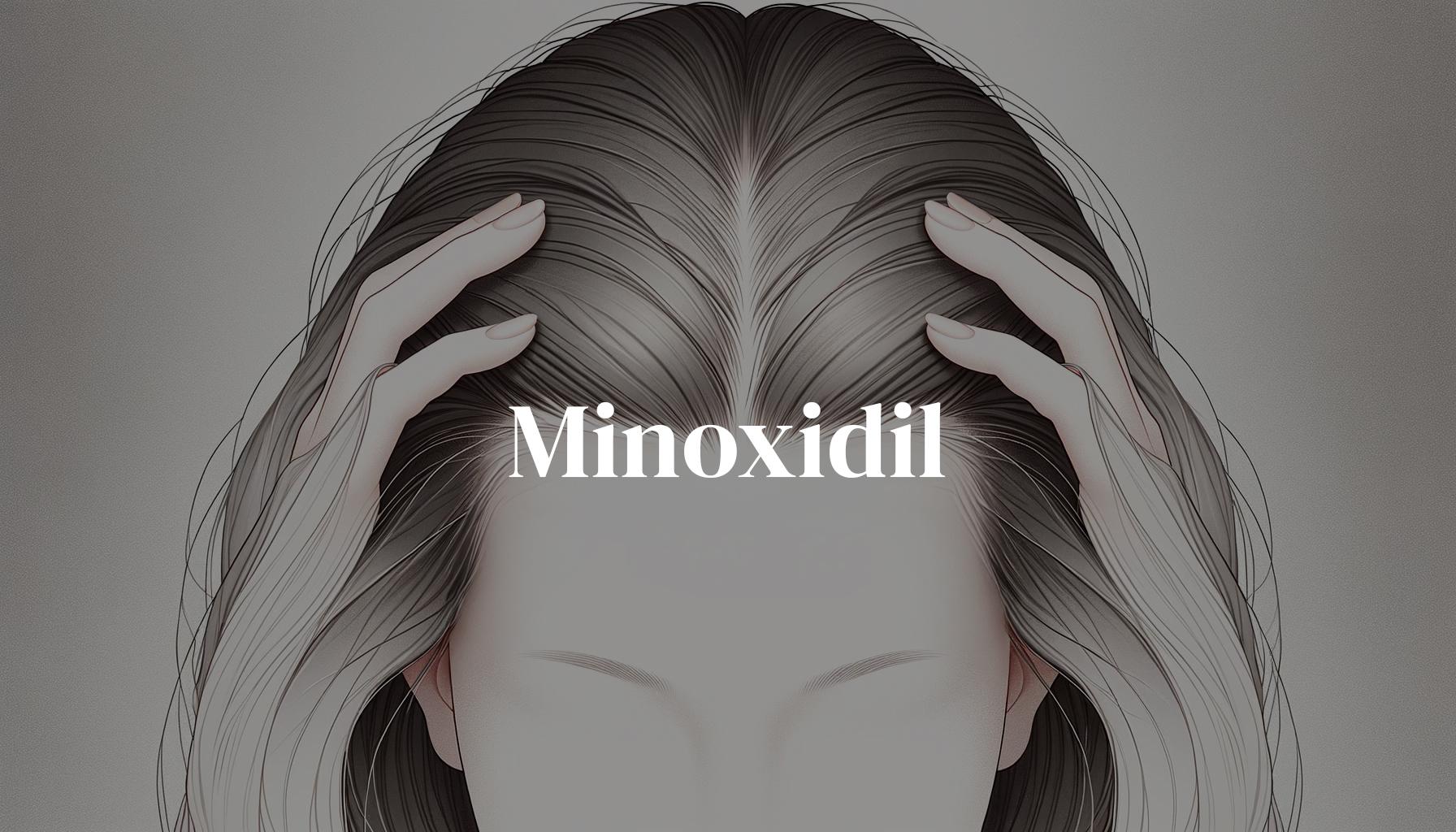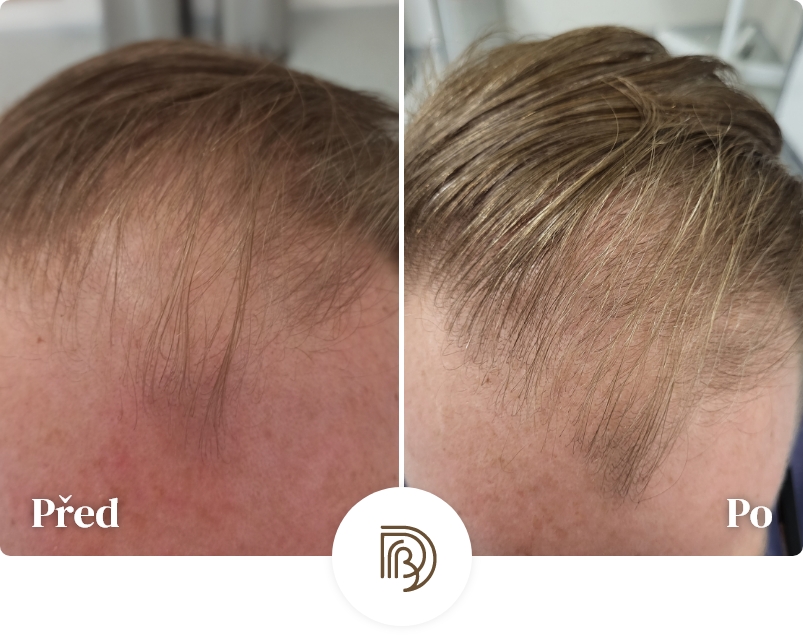
Article content
Minoxidil is a drug that was originally developed in the 1970s as a treatment for high blood pressure. It is often known as Rogaine. When doctors discovered that one of the side effects of Minoxidil was to promote hair growth, it began to be widely used as a treatment for hair loss.
Uses of Minoxidil
The most common use of Minoxidil is treatment of androgenic alopecia commonly known as male or female pattern baldness. The exact mechanism of how hair growth is promoted remains unclear. In the hair growth cycle, Minoxidil shortens the telogen (resting) phase and prolongs the duration of the anagen (growth) phase of the hair.
In clinical studies, Minoxidil has been shown to restore hair growth in both men and women. In addition, it is easy to use and generally well tolerated. Topical minoxidil is one of two FDA-approved treatments for male pattern hair loss (the other approved is finasteride) and the only approved treatment for female pattern hair loss. However, this does not mean that I do not use other medications and treatments to treat hair loss.
This medications is available in various forms – from liquid preparations to foams and tablets. Liquid and foam forms are applied directly to the scalp and are freely available.
Facts
- Topical Minoxidil is the only FDA approved treatment for female pattern hair loss
- And one of two FDA-approved male pattern hair loss drugs
- Topical minoxidil is over-the-counter, oral minoxidil is prescription
- The oral form is not registered for the treatment of hair loss, but due to its effectiveness and safety profile, it is widely used
- Always consult your doctor about the use and dosage of Minoxidil
- Minoxidil achieves the best results when combined with supportive therapy
My experience with minoxidil
However, there are also some specifics to keep in mind when using minoxidil. It can take up to six months to see results. Hair growth may not be as pronounced in some cases. Some patients may experience increased hair loss in the first few weeks of taking minoxidil. This is only a temporary effect and is not a reason to stop treatment. Although I explain this to all my patients, I often receive emails and messages from them to ascertain if the increase in hair loss is indeed related to minoxidil. Topical minoxidil can be quite irritating for some patients, possibly causing skin peeling or hair greasing.
In people with androgenic alopecia, minoxidil should be used continuously to maintain results. Unfortunately, patients’ compliance with topical (solutions, foams) minoxidil decreases over time. This is one of the reasons why oral administration of minoxidil is becoming more popular, as its long-term use is more convenient for patients. This is confirmed by patients in my practice.
Minoxidil is often combined with supportive therapy
Minoxidil is commonly used alone to treat hair loss, however, I have found the combination of Minoxidil with other treatments such as Plasmatherapy, mesotherapy and microneedling or prescription drugs. Patients achieve better and above all faster results.
Contraindications to Minoxidil
Minoxidil is considered a safe medication, but as with all medications, there are certain contraindications. They do not recommend Minoxidil to patients with certain allergies, with scalp problems such as dermatitis, or patients with cardiovascular problems.
Minoxidil is not approved for use in people under 18 years of age. However, it is commonly used in paediatric patients and there are a number of studies demonstrating the good effects and safety of using minoxidil in minors. But first consult a doctor about the use of minoxidil.
Minoxidil is contraindicated in pregnant women. If you are using Minoxidil and find out that you are pregnant, it is essential to stop using it immediately and contact your doctor. See the article on hair loss in pregnancy and after childbirth for more information.
Minoxidil may also cause some side effects. The most common are skin irritation, itching, redness or dryness at the site of application of topical Minoxidil. With total (oral) minoxidil, side effects are less common but more serious. They may include chest pain, rapid heartbeat, swelling in the hands or feet, increased fatigue, or dizziness. If you experience these side effects, take the medication off the drug temporarily and contact your doctor.
Forms of Minoxidil and how they are used
Minoxidil solution
Minoxidil solution is available in the Czech Republic under the brand names Belohair (2% and 5% concentration), Minorga (2% and 5%) and Neocapil (2%). It is usually applied twice a day in the amount of 1 ml on the areas of the scalp affected by hair loss, and a special applicator is included in the package. For products with a dropper, 1 ml equals approximately 20 drops. After applying the solution, allow it to be gently massaged into the skin and then wash your hands thoroughly. Wait until the solution is fully absorbed before styling your hair.
Do not apply the solution on irritated, burnt or otherwise sensitive skin (for example, from the sun). The daily maximum dose of Minoxidil is described in the instructions for use and is usually around 2ml of solution (depending on the concentration).
Minoxidil foam
Minoxidil foam with 5% concentration is available under the trade name Rogaine and is again over-the-counter. The foam form of minoxidil is easier to use than the solution and has fewer side effects and typically does not cause skin irritation. Apply the foam, as well as the solution, to the skin in the areas where you observe hair loss.
Oral Minoxidil
Since Minoxidil treatment is chronic (patients should use it continuously and regularly), oral Minoxidil in tablet form is the easiest to administer. You do not need to rub solutions or foams on your scalp, instead you take a pill at regular intervals.
Oral Minoxidil is prescription only.
Who can prescribe minoxidil for you
Topical minoxidil is over-the-counter, oral minoxidil is prescription only. I strongly recommend that you consult a dermatologist specializing in hair loss treatment. The dosage of minoxidil is very individual and in my clinical practice I often adjust the dosage and form of administration (oral or topical) with patients. We also sometimes discontinue it and replace it with another treatment that has better results in some patients.





